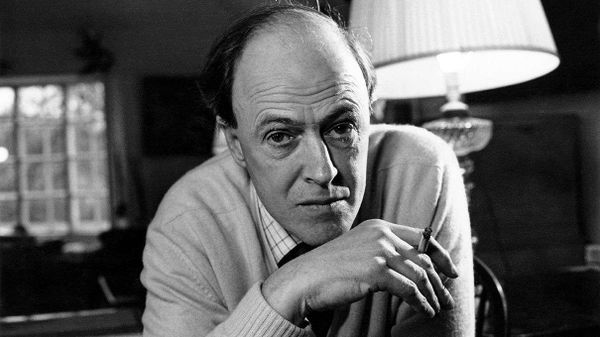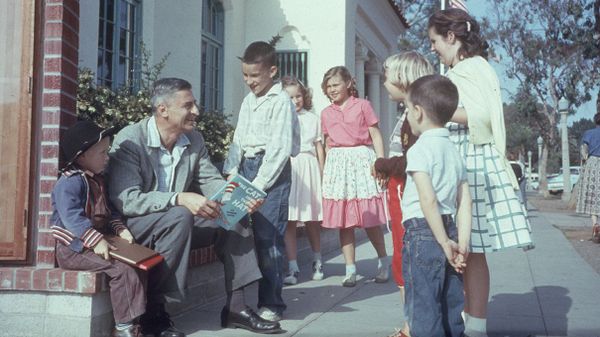
Writer of the literary masterpiece "Jane Eyre," sister to Emily, Anne and Branwell, and mistress of the Yorkshire moors, Charlotte Brontë (and the rest of her family) are sources of strange fascination to the general public, as well as to many writers and filmmakers. Much of people's perceptions of Charlotte as a shy invalid were gathered from an 1857 biography written by her friend Elizabeth Gaskell, and now historians realize the portrayal was incomplete and incorrect. Here are five things that may change your impression of Charlotte Brontë.
Advertisement



